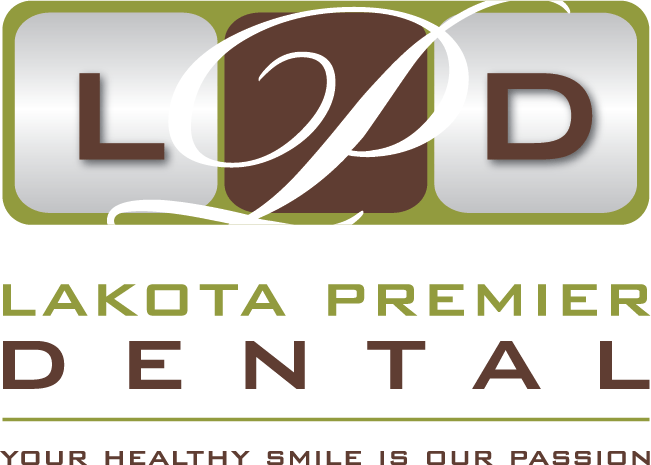Dentistry At Age One
When parents or caregivers mistakenly say, “They are only baby teeth, they are going to fall out anyway” they have the wrong impression. The Age One Dental Visit sets the tone for lifelong dental health. The fact is, primary teeth serve as the guides for the permanent teeth and are critically important to the health and function of their adult successors. What’s more, primary teeth are the child’s teeth for most of childhood — children don’t usually begin losing them until about age six, and the last primary teeth aren’t lost until around age twelve. It’s just as important to care for them as for the permanent teeth that come later.
An Ounce of Prevention
What really is prevention anyway? Prevention in the truest sense of the word means stopping an anticipated problem before it even starts. The importance of primary teeth and preparing for a lifetime of good oral health are the main reasons why parents should bring their children to see a dentist or pediatric dentist (children’s specialist), preferably before their first birthday. It’s more than just a casual visit: even a one-year old needs a comprehensive examination and even some preventive applications. Parents will benefit from the guidance of “Family Oral Health Education” including: risk assessment for decay; training (hands on) in teeth cleaning; nutritional counseling and use of cups for drinking; fluoride recommendations based on individual needs and important follow-up appointments for monitoring based on the level of risk determined by your dentist.
The Age One Visit may also reveal underlying conditions that may indicate future problems, and determine how often follow-up visits might be needed. Children with low risk for oral or dental disease might only be seen annually or semi-annually until the primary (baby) teeth are all fully erupted in the mouth and in occlusion (biting function). Children assessed at high risk might be seen as often as every two to three months.
Diagnosing and Treating Tooth Decay
One of the prime purposes for an Age One Visit is to examine the child for a number of forms of tooth decay that can affect babies and small children. For many years, health and childcare professionals have recognized a specific pattern of such decay, known as Baby Bottle Tooth Decay (BBTD). BBTD was believed to be primarily associated with the use of a sleep-time bottle that contains a liquid with natural or added sugars such as formula, juice or Kool-Aid. It generally occurs between the ages of twelve to eighteen months.
In recent years, similar cases of early and severe tooth decay have been found in children who do not fit the classic BBTD pattern of bottle use. The term Early Childhood Caries (ECC) is now being used to reflect a broader concept of the problem of tooth decay in infants and young children. ECC includes cavities associated with many causative factors, mostly sugars. These include continuous use of a “Sippy-cup,” at-will breast-feeding throughout the night, use of a sweetened pacifier or the regular use of sugar-based oral medicine to treat chronic illness.
ECC develops rapidly — the progression from the hard, outer enamel layer of the tooth into the softer, inner dentin can occur in six months or less. It first affects the upper front baby teeth, which usually erupt at around eight months of age, followed by the primary molars (back teeth), which begin to erupt at about twelve months of age. At its most severe stage, ECC may then affect the lower front teeth.
The extent and severity of ECC can vary depending on culture, the child’s genetic makeup and socio-economic factors. On the other hand, ECC is really much like any other type of tooth decay, dependent on the presence of three conditions: specific bacteria in dental plaque on the teeth, unprotected teeth and the right mix of carbohydrates from food and drinks, such as natural or refined sugars.

